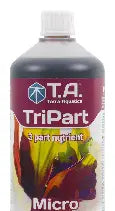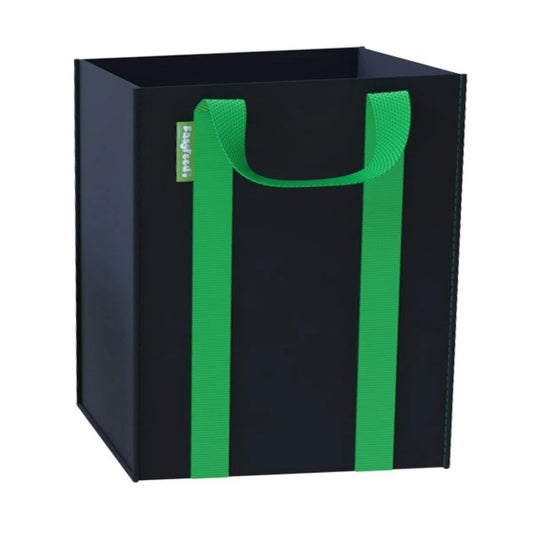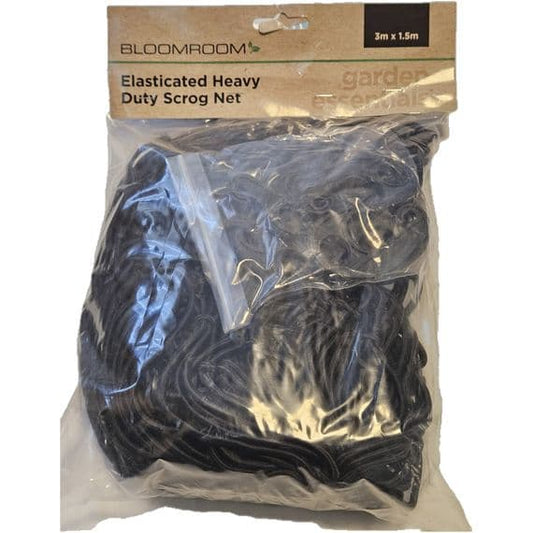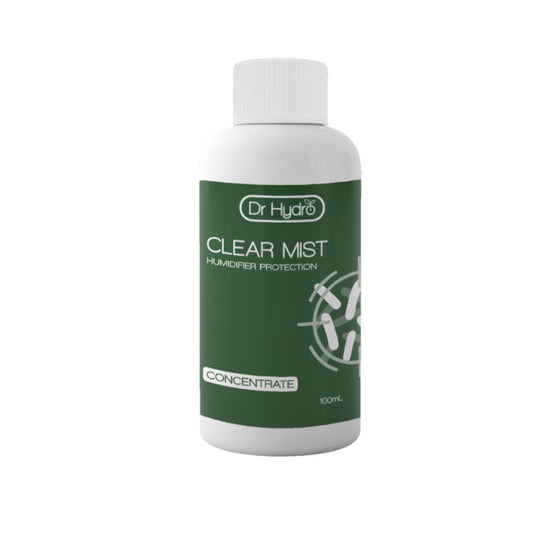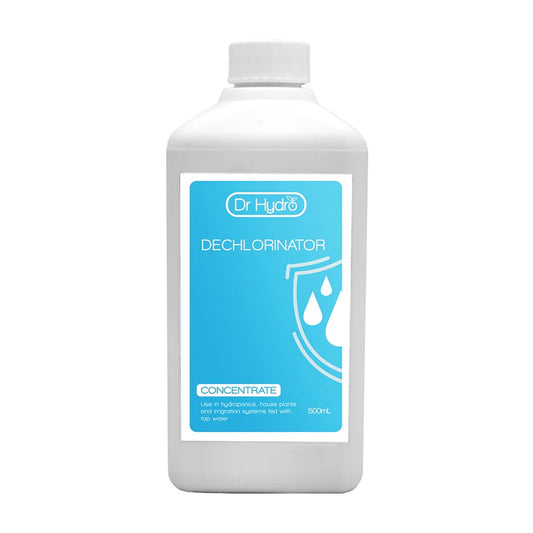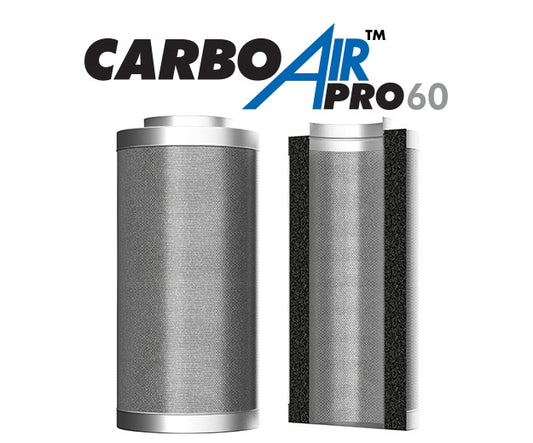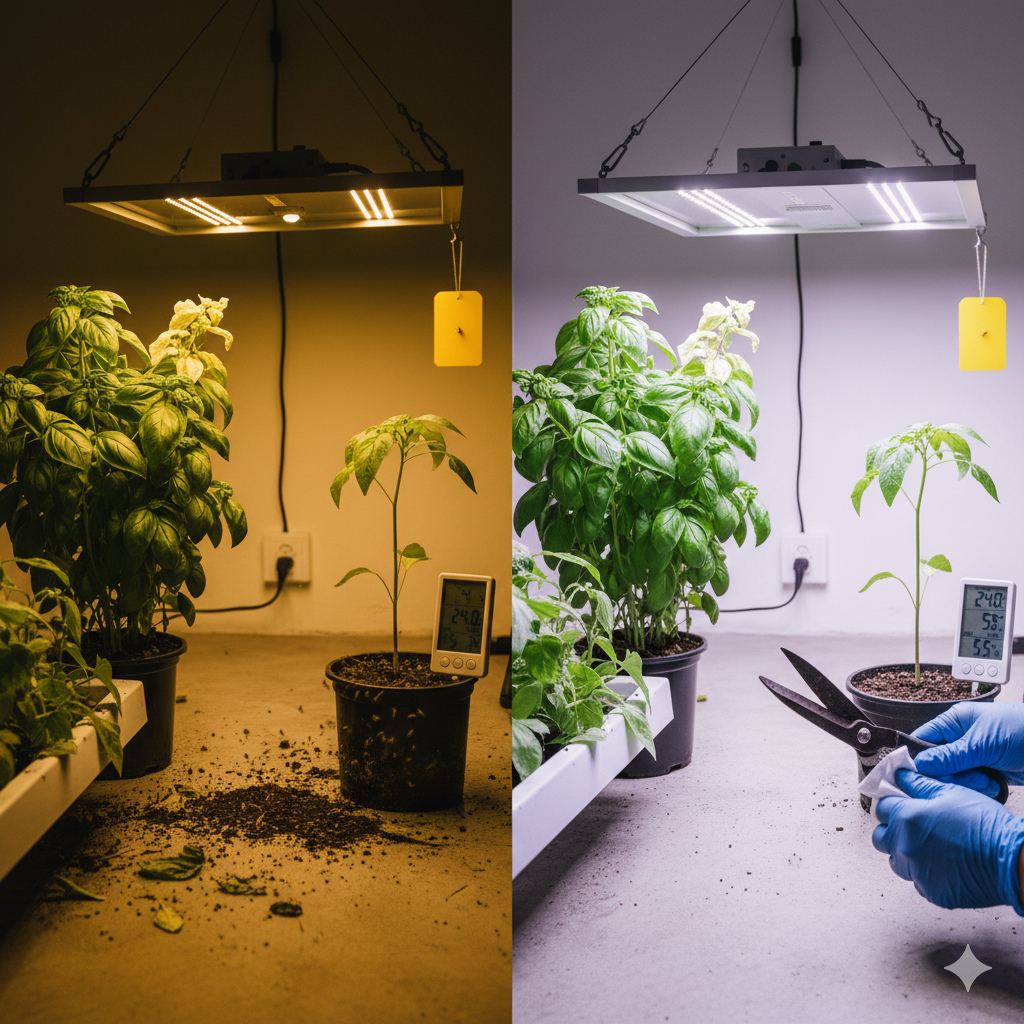Top 5 Mistakes Every New Indoor Grower Makes (And How to Fix Them)
Starting your first indoor garden is an incredibly exciting journey. You’ve got the tent, the light, the seeds—the dream of a perfect harvest is within reach! But as with any new skill, there's a learning curve, and a few common pitfalls can trip up even the most enthusiastic beginners.
Here at The Green Corner, we've helped countless growers start their journey. We've seen the same mistakes pop up time and time again. The good news? They are all avoidable! By understanding these common errors, you can bypass the frustration and get straight to a healthy, thriving garden.
Mistake #1: Ignoring the "Invisible" Environment (Temperature & Humidity)
It's easy to get fixated on powerful lights and fancy nutrients, but many new growers forget about the very air their plants breathe. An environment that is too hot, too cold, too dry, or too damp will stress your plants and severely limit their potential.
-
The Problem: Slow growth, drooping leaves, or the sudden appearance of powdery mildew.
-
The Fix: Treat temperature and humidity as primary nutrients. Aim for the "Goldilocks Zone"—not too hot, not too cold. As a rule, seedlings and young plants love higher humidity (60-70%), while flowering plants need drier conditions (40-50%) to prevent mould.
-
Essential Tool: You can't control what you don't measure. A simple digital thermometer/hygrometer is the most important tool for monitoring your environment. From there, you can use heaters, humidifiers/dehumidifiers, and fans to dial in the perfect conditions.
Mistake #2: Mismanaging Light – Too Much or Too Little
Light is life for your plants, but it's not as simple as just turning it on. The most common mistake is thinking that a brighter light, closer to the plant, is always better.
-
The Problem: Seedlings that are long and "stretchy" (too little light) or plants with yellowed, burnt-looking leaves at the top (too much light).
-
The Fix: Understand your light's power. Whether you're using HPS or LED lights, there's an optimal distance and intensity for each stage of growth. Plants in the vegetative stage can handle more intense light than delicate seedlings. The best growers measure the light hitting their canopy using a PPFD meter to ensure they're in the optimal range, not just guessing.
-
Essential Tool: Adjustable ratchet light hangers are a must-have, allowing you to easily raise and lower your light fixture as your plants grow.
Mistake #3: Forgetting About Airflow
A sealed grow tent with no air movement is a recipe for disaster. Plants need a constant supply of fresh air for CO2 and a gentle breeze to stay strong and healthy.
-
The Problem: Weak, floppy stems, "hot spots" under your light, or the sudden appearance of fungus gnats or mould.
-
The Fix: A complete airflow system is non-negotiable. This means having an extraction fan to remove hot, stale air (usually from the top of the tent) and an intake vent to pull in fresh air (from the bottom). Inside the tent, one or two clip-on oscillating fans should create a gentle breeze that rustles the leaves, strengthening stems and preventing humid air from stagnating.
Mistake #4: Overwatering and "Loving Your Plants to Death"
This is perhaps the #1 mistake made by new plant parents everywhere. Wanting to care for your plants is great, but giving them too much water is a fast track to root rot, a condition from which few plants recover.
-
The Problem: Droopy, yellowing leaves (confusingly, this can also be a sign of underwatering), and a pot that always feels heavy.
-
The Fix: Ditch the rigid watering schedule. Instead, learn the feel of your pot. Lift it when it's just been watered, and then lift it every day after. You'll quickly learn what a "dry" pot feels like. Alternatively, use the finger test: stick your finger about an inch into the soil. If it comes out dry, it's time to water. If it's damp, wait another day.
Mistake #5: Reacting to Pests Instead of Preventing Them
It's tempting to think "it won't happen to me," but pests are a reality of gardening. The mistake is waiting until you have a full-blown infestation before you act.
-
The Problem: You suddenly notice webs, spots, or tiny insects all over your plants, and the damage is already done.
-
The Fix: Practice Integrated Pest Management (IPM) from day one. This means being proactive, not reactive.
-
Keep your grow room immaculately clean.
-
Quarantine any new plants for a few weeks before introducing them to the main room.
-
Clean your tools regularly, especially scissors, to avoid spreading disease.
-
Use yellow sticky traps to catch flying pests early and monitor for their presence.
-
By avoiding these five common pitfalls, you'll be well on your way to a successful and rewarding indoor gardening experience.
Happy Growing!
